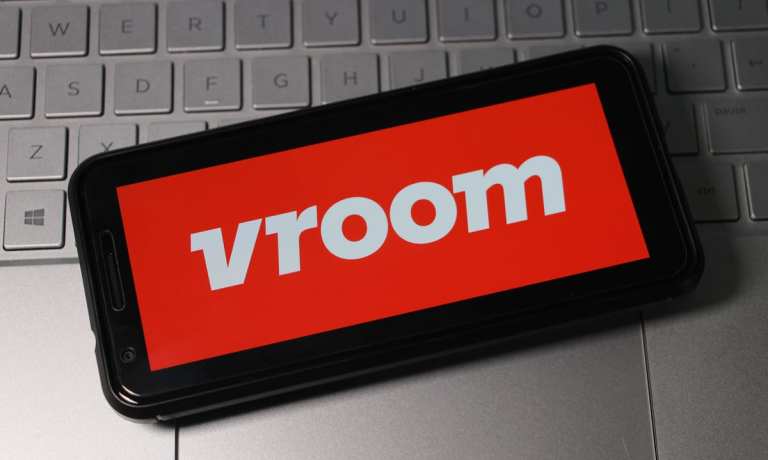
Used vehicle eCommerce platform Vroom is making progress on its goal of achieving profitability and liquidity ahead of growth, company executives said Tuesday (Nov. 8) during the company’s quarterly earnings call.
The company had announced this goal during an investors day event in May and highlighted some of the landmarks in its progress Tuesday.
“We slowed down with the intent to continue improving our customers experience,” Vroom CEO Tom Shortt said during the call. “We plan to live within our means while we prioritize unit economics, profitability and liquidity over growth.”
These announcements came against the backdrop of the company having lost about $50 million during the quarter, its stock currently being valued at less than $1 versus almost $70 two years ago, and its market cap standing at about $125 million.
In a presentation released for the May investors day event, the company said that it had proven it could grow, and it would now focus on unit economics before resuming growth.
During the quarter ended Sept. 30, Vroom improved its net loss from $115.1 million to $51.1 million, according to a Monday (Nov. 7) press release.
At the same time, the company saw a 28% decrease in revenue and a 30% decline in eCommerce units sold. Vroom attributed these drops to both its new focus on operational improvement over sale volume as well as macroeconomic conditions and a reduction in third-party sales resources.
“Consistent with our strategy, we intentionally slowed transactions to focus on operational execution and unit economics,” Vroom Chief Financial Officer Bob Krakowiak said during the call.
One strategic initiative the company is pursuing is improving its transaction processes. Vroom said in a presentation released in conjunction with the event that a key landmark here is that in October the company enabled 98% of its customers to receive their registration for the vehicle they purchased before their temporary tag expired.
Vroom is also working to optimize its processes of buying, reconditioning, selling and delivering used vehicles. Here, the company has worked to improve both its assortment of vehicles and its pricing through predictive data and regionalization. During the quarter, it achieved a record-high eCommerce gross profit per unit.
Another strategic initiative is building a regional operating model. By operating more regionally, it aims to improve marketing, supply chain economics and delivery time. On this goal, it has achieved a $5 million reduction in all-in logistics costs and reduced the average number of miles its vehicles travel by 18%.
A fourth item on Vroom’s agenda is growing its captive finance model. The company reported in the presentation that its development of captive finance is on track.
To help achieve all these goals, the company is also focusing on digital tools and data.
“Our advanced analytics teams, functional business teams and tech teams continue to build data assets, analytical assets and tech assets that we believe in the long term will provide a competitive advantage across titling and registration, pricing, conversion, vehicle and product margin and supply chain costs,” Shortt said.